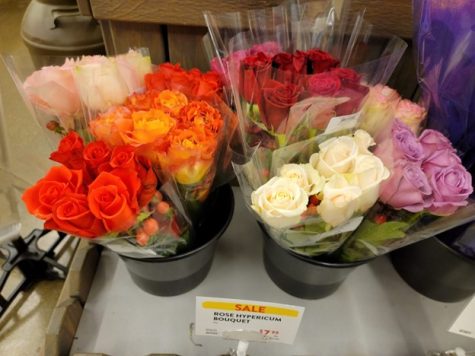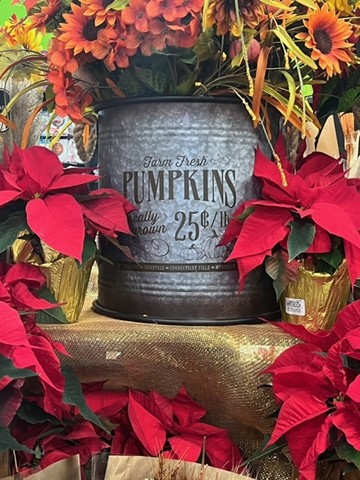The Language of Flowers
February 2, 2022
As Valentine’s Day approaches, so do all the fun gifts that go with the holiday. Flowers have been gifted since the 17th Century. Each flower tends to have different meanings, depending on color, shape and size.

The traditional red roses have been seen to symbolize love, romance and devotion. Red roses have been considered romantic since ancient times. In Roman mythology, the blooms were meant to represent the goddess of love, Venus.
Peonies are thought to be named after a Greek physician of the gods, Paeon. According to the legend, Paeon was a student of Aesculapius, the god of medicine. When Paeon used a peony root to heal Pluto, Aesculapius became jealous of his talents and tried to kill him. Pluto was thought to turn Paeon into a Peony out of the compassion he received to save him. Peonies are valued medically. They are said to have cured many diseases with their roots and seeds. The peony is the state flower of Indiana. It is also given for twelfth wedding anniversaries because the peony symbolizes honor, fortune, and a happy relationship.
There are thoughts to be between 80 and 100 species of lilies. Ancient Egyptians believed the lily to be a sacred flower. Romans took the petals of lilies and put them into their pillowcases. Lilies have been meant to symbolize love, rebirth and fertility. The name Lily is most used in the United States along with the names Susan, Susana and Suzette, which all mean Lily. To any cat owners out there, be careful, lilies are extremely toxic to cats.
There are over 3000 different varieties of tulips. Pink tulips symbolize happiness and confidence. Purple tulips symbolize royalty. Yellow tulips symbolize cheerful thoughts. White tulips symbolize forgiveness. Red tulips grow as signs of everlasting love. While there are a variety of colors and types of tulips, many tulip bulbs were used in World War II because of the Dutch famine and served as food.
The name daisy comes from the Anglo-Saxon “daes eage,” meaning “day’s eye.” It is a direct reference to the application of daisies as a cure for eye problems. Daisies can represent innocence, simplicity, cheerfulness, sympathy and a newborn baby. These flowers usually pop up in the beginning of spring. If a person sends daisies, it usually means “loyal love.”
The meanings of carnations include fascination, distinction and love. Like many other flowers, different messages can also be expressed with the flower’s different color varieties. Light red carnations, for example, are often used to convey admiration, whereas the dark red version expresses deeper sentiments of love and affection. White carnations are meant to represent purity and luck, and pink carnations are often given as a sign of gratitude. In the early part of the 20th century, carnations became the official flower of Mother’s Day. All flowers have special meanings, just like they are all unique in their own ways.






























